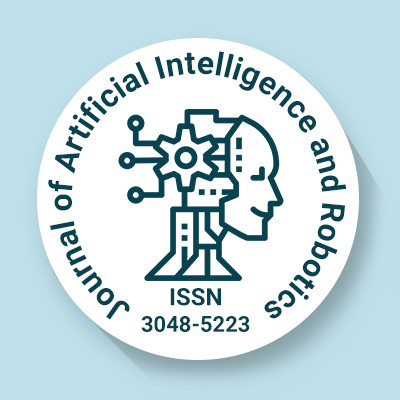
Journal of Artificial Intelligence and Robotics
OPEN ACCESS
ISSN: 3048-5223

OPEN ACCESS
ISSN: 3048-5223

Department of Civil Engineering, University of Transport and Communications, Hanoi, Vietnam
This paper explores the integration of Artificial Intelligence (AI) algorithms and Geographic Information System (GIS) technology for predicting and preventing traffic accidents. Traditional statistical methods are insufficient for capturing the complex factors in influencing accidents, while AI and GIS allow for enhanced predictive accuracy and proactive safety interventions. The integration of AI and GIS enables the analysis of diverse datasets—historical crash data, environmental conditions, and road characteristics—through advanced algorithms, enhancing accident prediction and offering data-driven insights. Key benefits include precise data collection, real-time processing, and high mapping accuracy, which enable transportation agencies to identify high-risk areas, implement targeted safety measures, and improve emergency response. The paper presents a framework for AI-GIS accident prediction, involving stages like data collection, spatial analysis, model development, and monitoring. It details data preparation, emphasizing data cleaning, GIS feature extraction, and temporal-spatial aggregation to improve prediction accuracy. Geospatial models (like spatial regression) and Machine Learning (ML) algorithms (e.g., Random Forest and Optimized Support Vector Machines (SVM)) are applied to identify accident hotspots and assess risks effectively. The study, set in the United Kingdom, demonstrates AI-GIS’s potential in enhancing traffic safety, though challenges such as technology costs and data quality persist.
Received 06 November 2024; Revised 27 November 2024; Accepted 03 December 2024
Department of Civil Engineering, University of Transport and Communications, Hanoi, Vietnam